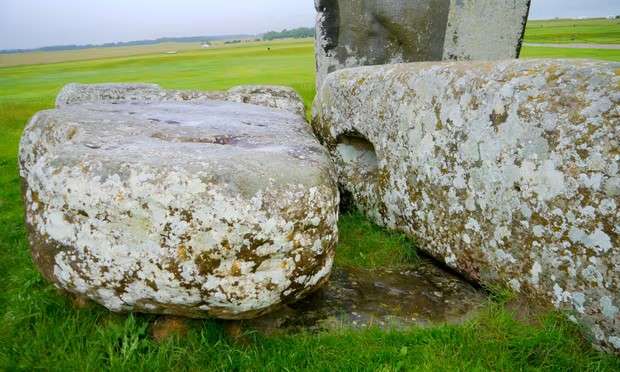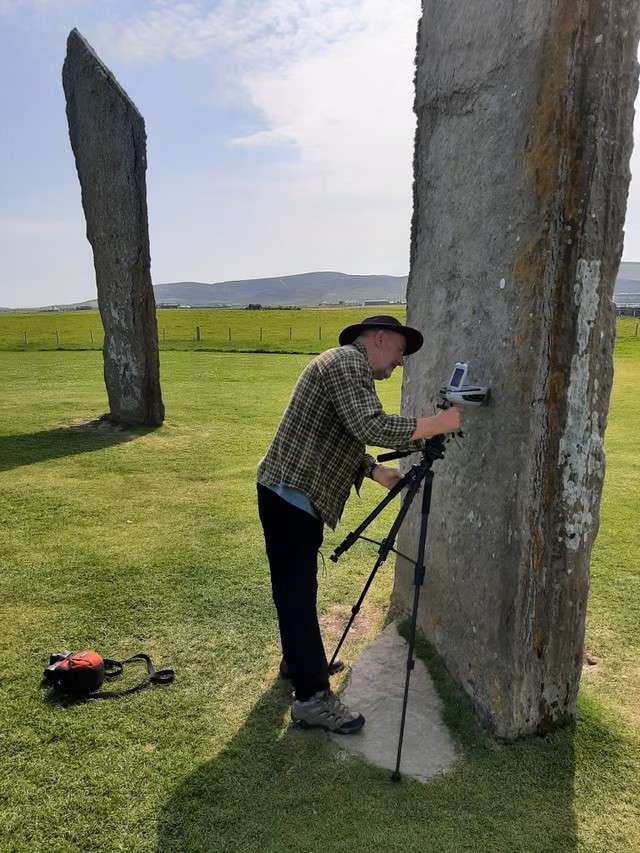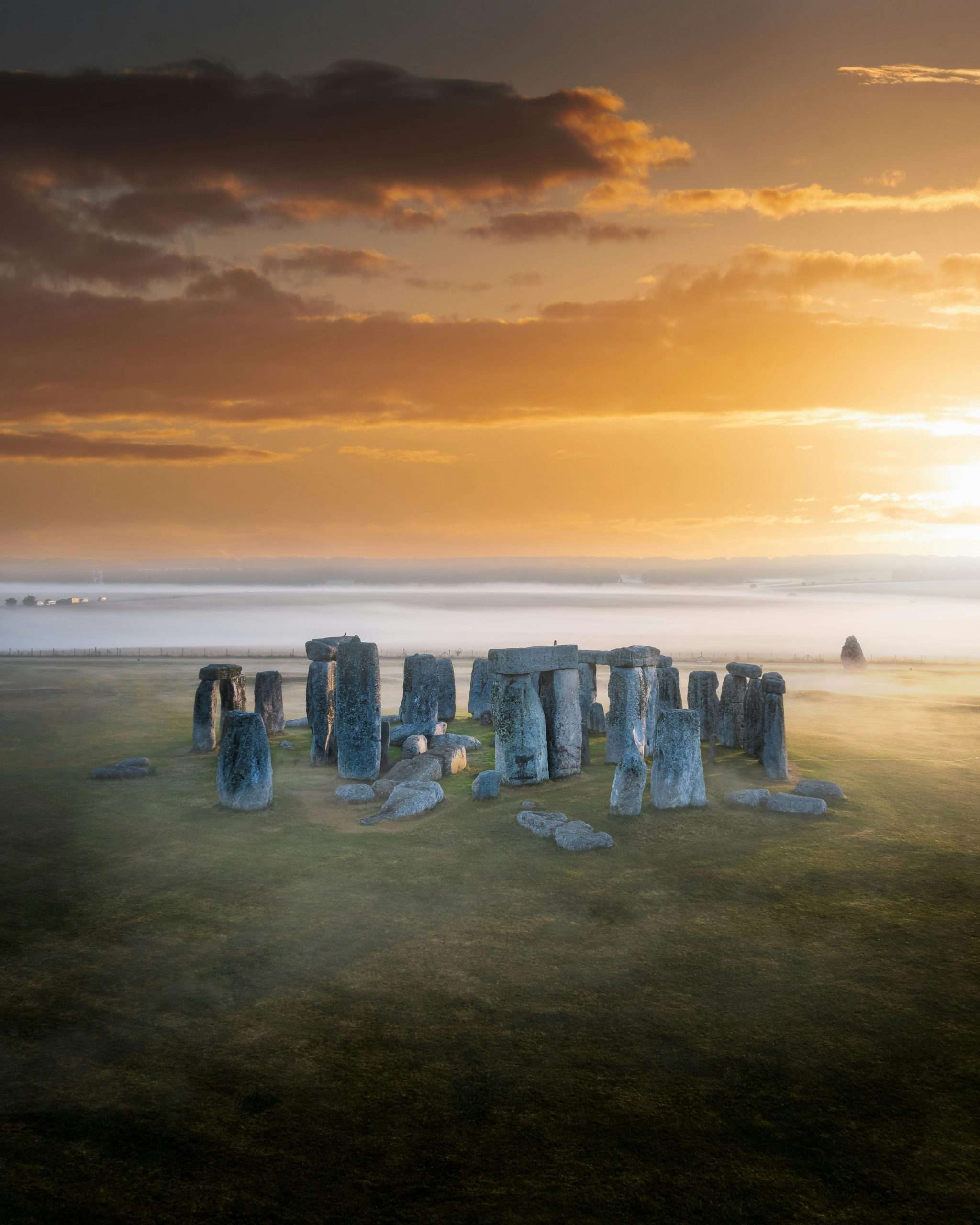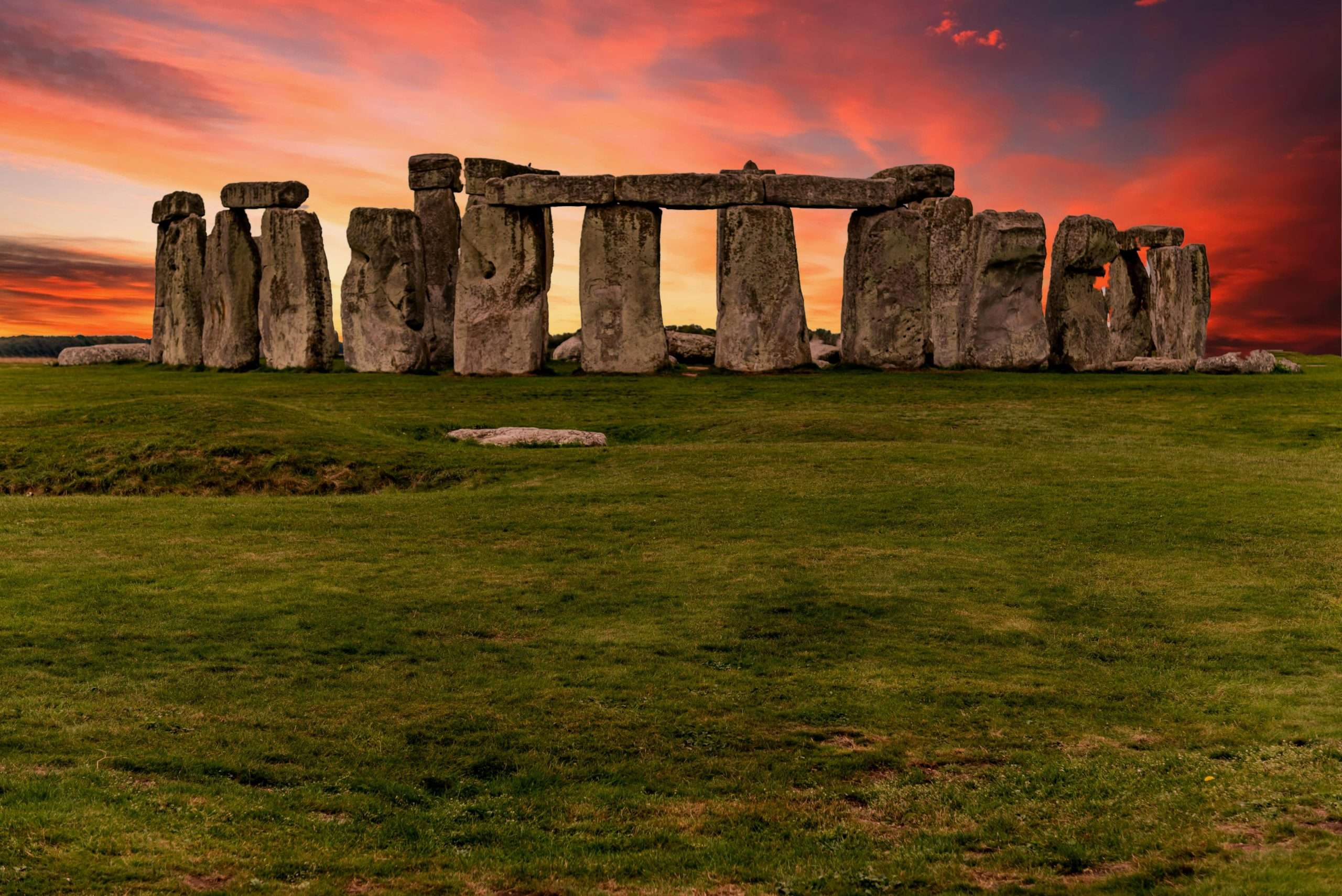It is one of the most staggering discoveries in recent archaeological history; one which could change the whole perception of where real power existed in Britain thousands of years ago. Archaeologists have long known that some of the stones at Stonehenge came from Wales and were transported about 125 miles to the site of the Neolithic monument on Salisbury Plain.
But a “jaw-dropping” study has revealed that one of Stonehenge’s central megaliths, weighing six tonnes, is 100% Scottish and must have been conveyed as far as 500-700 miles to the world heritage site which is as familiar to tourists as it is to Druids and fans of the film This is Spinal Tap.
The Altar Stone

The new analysis found that the largest “bluestone” at Stonehenge was brought to the site from the north-east corner of Scotland – and scientists have admitted that the revelation could signify that Orkney was one of the most important centres in ancient British history. The megalith, which is known as the “altar stone”, was transported by our ancestors from at least as far as Inverness, and potentially from Orkney, but nobody yet knows how this was orchestrated. However, Rob Ixer, an honorary senior research fellow at University College London and one of the experts behind the study, which was published in Nature, said: “This doesn’t just alter what we think about Stonehenge, it alters what we think about the whole of the late Neolithic period. It completely rewrites the relationships between the Neolithic populations of the whole of the British Isles. The science is beautiful and it’s going to be discussed for decades. It is jaw-dropping.”
The Altar Stone, which is classed as a non-local bluestone, was long thought to have been transported to the site from somewhere in Wales. That belief was reinforced because a separate group of Stonehenge’s bluestones are now known to have been quarried in Pembrokeshire. But that theory has been comprehensively demolished. The study, involving experts from Curtin University in Perth, Australia; Adelaide University; Aberystwyth University; and UCL, originally aimed to examine the stone’s chemical composition and the age of the minerals within it. But nobody was prepared for this outcome.
Completely unexpected

Nick Pearce, a professor of geography and earth sciences at Aberystwyth who is another of the report’s co-authors, said: “With that age fingerprint, you can match it to the same sort of rocks around the UK – and the match for the age fingerprint was a dead ringer for the Orcadian Basin in north-east Scotland. It was completely unexpected.” Although identifying the exact site will take further work, the scientists have narrowed the potential source area to encompass Orkney; a triangle of land around John O’Groats in Caithness; or a narrow coastal strip stretching south as far as the Moray Firth around Inverness and east to Elgin.
The finding may be astonishing, but the science is not controversial, according to Mr Pearce. He added: “This is very, very well-established science. It’s not something people can look at and say: ‘That can’t be right. The odds of the stone coming from elsewhere are “fractions of a percent”.

Nobody has yet figured out how the large rock was ferried – either over land or by sea – from the far north of Scotland to Wiltshire. But Skara Brae on Orkney is older than the Pyramids and demonstrates that people there knew how to build fortified, weather-proof shelters. They were also masters of creating standing stones and such features permeate Orkney.
Perhaps, we’ll learn in the future that their workers dragged the material down to Stonehenge – or should that be Stanehenge? – with an efficiency and precision it’s still hard to believe.
Text by Neil Drysdale.
Main photo: Stonehenge. Photo: John Nail.
**Further research has been released since this article was released which will feature in the October 2024 edition of the Scottish Banner.
Stonehenge’s Altar Stone origins reveal advanced ancient Britain

The new research led by Curtin University has revealed the findings point to the existence of unexpectedly advanced transport methods and societal organisation at the time of the stone’s arrival at its current location in southern England about 5,000 years ago. Curtin researchers studied the age and chemistry of mineral grains within fragments of the Altar Stone, which is a 50cm thick sandstone block measuring 5 x 1 metres, that sits at the centre of Stonehenge’s iconic stone circle in Wiltshire. Lead author PhD student Anthony Clarke from the Timescales of Mineral Systems Group within Curtin’s School of Earth and Planetary Sciences said analysis of the age and chemical composition of minerals within fragments of the Altar Stone matched it with rocks from northeast Scotland, while also clearly differentiating them from Welsh bedrock.
“Our analysis found specific mineral grains in the Altar Stone are mostly between 1000 to 2000 million years old, while other minerals are around 450 million years old,” Mr Clarke said. “This provides a distinct chemical fingerprint suggesting the stone came from rocks in the Orcadian Basin, Scotland, at least 750 kilometres away from Stonehenge. Given its Scottish origins, the findings raise fascinating questions, considering the technological constraints of the Neolithic era, as to how such a massive stone was transported over vast distances around 2600 BC. This discovery also holds personal significance for me. I grew up in the Mynydd Preseli, Wales, where some of Stonehenge’s stones came from. I first visited Stonehenge when I was one year old and now at 25, I returned from Australia to help make this scientific discovery – you could say I’ve come full circle at the stone circle.”
Study co-author Professor Chris Kirkland, also from the Timescales of Mineral Systems Group at Curtin, said the findings had significant implications for understanding ancient communities, their connections, and their transportation methods. “Our discovery of the Altar Stone’s origins highlights a significant level of societal coordination during the Neolithic period and helps paint a fascinating picture of prehistoric Britain,” Professor Kirkland said. “Transporting such massive cargo overland from Scotland to southern England would have been extremely challenging, indicating a likely marine shipping route along the coast of Britain. This implies long-distance trade networks and a higher level of societal organisation than is widely understood to have existed during the Neolithic period in Britain.”

